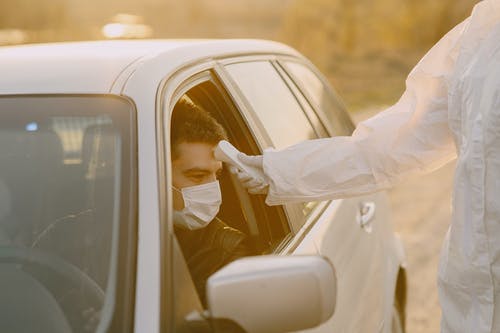Are you planning to have a Covid-19 PCR test done very soon? If this is what you are up to, it would be good idea for you to first understand how a PCR test works. There are 3 key steps for this test that you need to know, namely sample collection, extraction and PCR.
During sample collection, a swab is used to collect respiratory material found in your nose. A swab features a soft tip on a long, flexible stick that will be inserted into your nose. There are different types of nose swabs, including nasal swabs which collect a sample immediately inside your nostrils and nasopharyngeal swabs which go further into the nasal cavity for collection. Regardless of the type of swab that is used, it is sufficient for collecting material for the COVID-19 PCR test.
Once the swab is collected, it is sealed in a tube and then sent to a laboratory. A laboratory technologist receives the sample and performs a process known as extraction to it, which isolates genetic material from the sample including the genetic material from any virus that may be present.
During the PCR step of this procedure, special chemicals and a PCR machine known as thermal cycler are used, which cause a reaction to occur that makes millions of copies of a small portion of the SARS-CoV-2 virus’s genetic material. One of the chemicals used in this process produces a fluorescent light if SARS-CoV-2 is present in the sample. The fluorescent light is simply a signal that is detected by the PCR machine, and a special software is used to interpret the signal as a positive test result.
For more information on what happens during the PCR test process, visit our website at https://www.harleymedic.co.uk/
